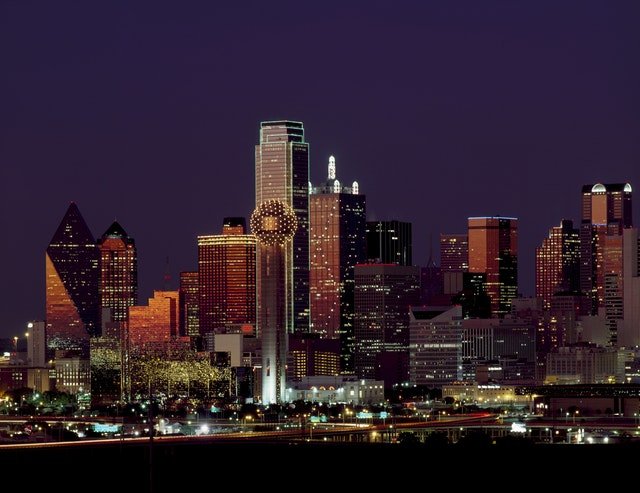
Median home prices in Dallas are predicted to grow by nearly 16% this year, with growth in home sales surpassing that of the three other major metro areas in Texas. An above-average population of millennials, robust in-bound population growth, and a thriving economy are just three of the many reasons why the Dallas real estate market and demand for rental property
Real estate investors love Dallas, and it’s easy to see why. It’s got something for everyone: millennials flock here for the jobs and big-city excitement, families put down roots in its quaint suburbs, and retirees love the warm climate and quality of life.
Dallas is one of the most recognizable and buzzworthy metropolitan areas in the U.S. — if not the world — and is considered a quasi-gateway city for investors looking for dependable, liquid real estate environments. Fortunately, despite its popularity and skyrocketing growth, Dallas is still an accessible market with lots of upside.
We looked closely at the numbers to get a clearer picture of what makes this North Texas metropolis such a shining star.
Here are several key reasons why Big D could be a prime location for your next rental property.
The population of Texas continues to explode as people move to the state in droves, according to the Dallas Business Journal. In the Dallas metropolitan area alone, the population grew by nearly 2% last year, helping Texas to add more residents last year than any other state in the U.S.
Key Population Stats:
While many other parts of the country are still struggling to recover, Dallas is still a job hub. As D Magazine reports, new jobs in Dallas over the last decade have created a land rush that has made Dallas and the rest of North Texas one of the fastest-growing areas in the country.
Key Employment Stats:
The real estate market in Dallas is the weirdest ever, according to D Magazine. Homes are selling at “a near frenzy,” with more than half the homes for sale in Dallas receiving multiple offers for most of last year. Real estate agents in Dallas note that waves of out-of-towners are coming to Dallas from high cost of living areas such as New York and San Francisco.
Key Market Stats:
Home prices are rising in most Dallas neighborhoods, creating one of the hottest home markets in North Texas.
As the Dallas News reports, low mortgage rates and feverish demand from in-state buyers and remote real estate investors are pushing home prices up by 50% in some of the most popular neighborhoods in Dallas. High home prices in Dallas, along with a growing population and thriving job market are three of the reasons why demand for rental property in Dallas should remain robust in 2021.
Key Market Stats:
With so many housing markets in the U.S. it can be difficult for real estate investors to choose the best cities for single-family renters.
Two data sets experienced rental property owners use are historic home price changes and housing affordability. Price increases over time increase home values and equity, while the affordability of housing is an indicator of how good a city like Dallas is for single-family rentals.
Each month Freddie Mac publishes a house price index report (FMHPI) that updates the short- and long-term trends of home prices in all major markets in the U.S.
The most recent FMHPI from Freddie for the Dallas-Fort Worth-Arlington, TX MSA reveals:
Experienced real estate investors in looking for hard money lenders in Dallas also research housing affordability to help forecast the current and future demand for rental real estate. Affordability compares the amount of annual income needed to purchase a median-priced home in Dallas.
Business forecast and personal finance publication Kiplinger publishes a housing affordability report for the top 100 metropolitan areas in the U.S. The firm ranks affordability on a scale of 1 to 10, with 1 representing the most affordable markets and 10 the least affordable.
Kiplinger’s analysis of housing affordability in Dallas shows:
Real estate prices in Dallas are still surprisingly affordable, the job market is robust, cost of living is low, and there’s an amazing culture scene. Add to this the fact that Texas has no state income or inheritance tax, and it’s easy to understand why so many people and businesses are moving to Dallas.
Key Quality of Life Stats: